
-
Our ultimate goal is to solve the triple crisis of climate, energy, and food that humankind faces.
Aquaculture is a sustainable and efficient way to produce seafood, which can help to meet the growing demand for food, reduce the environmental impact of food production, and increase climate resilience.More View
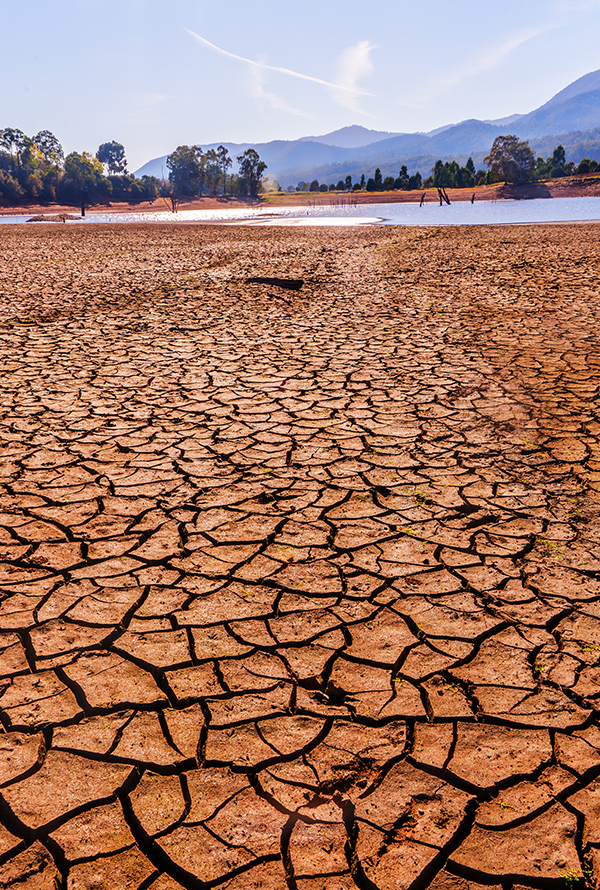
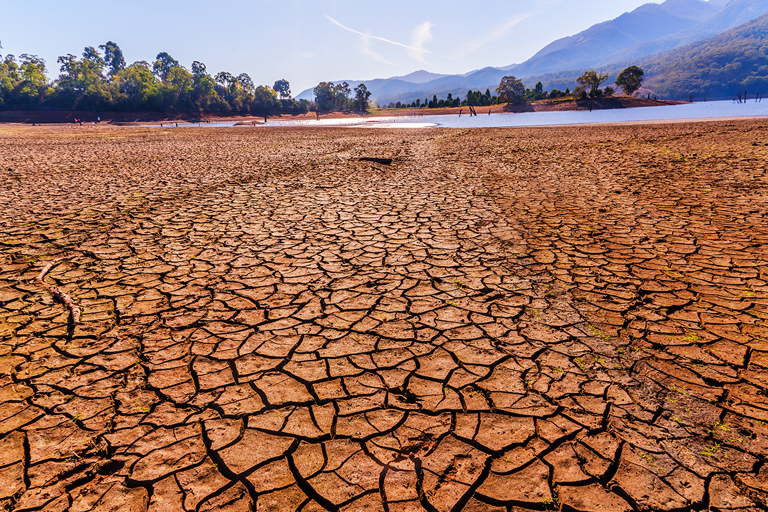
-
Climate Change and Extreme Weather Events
Climate change and extreme weather events like drought, storms, heat waves, and water temperature increase cause damage to aquaculture facilities, mass mortality, and increase the costs of aquaculture production, decreasing productivity and leading to food shortages.Carbon Neutrality
Aquaculture faces challenges in reducing its carbon emissions. Energy-intensive practices such as feed production, water pumping, and temperature control often result in significant carbon outputs.
The transition to carbon neutrality for aquaculture farms is hampered by technical difficulties and financial barriers. Voluntary carbon credits can provide solutions and additional profits to aquaculture.
-
-
Energy Crisis
Energy is the largest cost in aquaculture production.
The cost of energy can account for up to 50%~70% of the total cost of production. Moreover, the main sources of energy used in aquaculture are coal-based electricity and diesel. Energy efficiency and renewable energy can help aquaculture reduce costs.
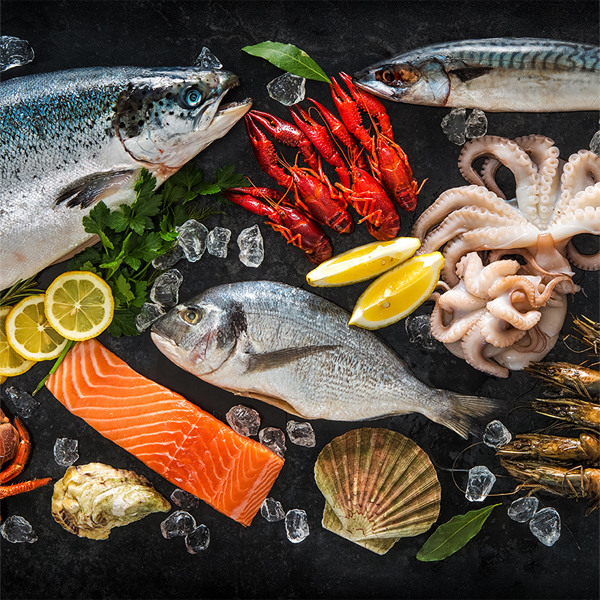
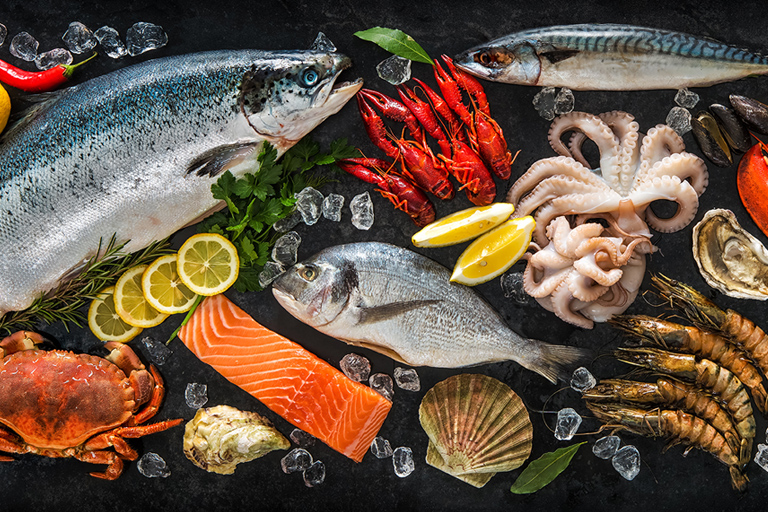
-
Food Security
Aquaculture is a major source of food for a growing global population, providing more than 50% of the seafood consumed worldwide.
It is a sustainable source of food that can be produced in a variety of environments, including land-based facilities.
Aquaculture plays a crucial role in global food security, providing a significant source of protein for billions of people.
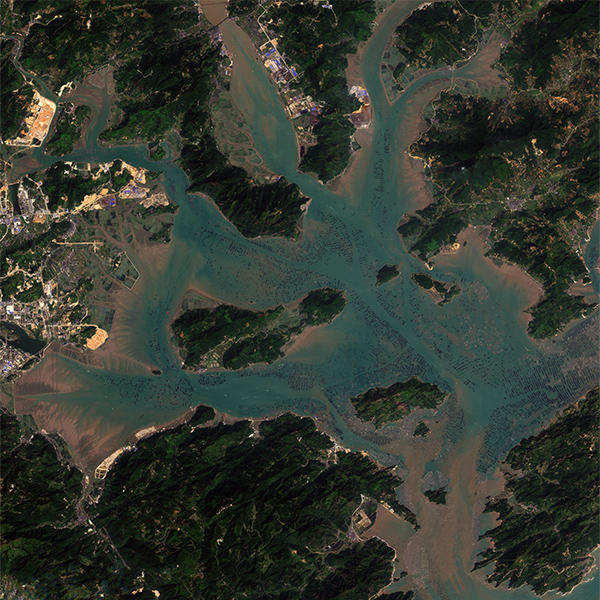
-
Safety and Traceability
Consumer trust in the safety and origin of aquatic products is vital for the sustainability of aquaculture.
From farm to table, traceability systems are essential to ensure that products are safe to eat and responsibly sourced.
Consumers might want to avoid seafood from areas affected by environmental disasters or regions known for poor labor practices.

-
Timely Release and Seamless Supply
The ability to trade in a timely manner throughout the year enhances the sustainability of aquaculture. It ensures a steady flow of income for aquaculture farms, providing the financial stability needed to maintain sustainable practices.
At the same time, buyers – whether they are wholesalers, retailers, or individual consumers – benefit from a reliable supply of fresh, quality seafood year-round.
This predictability helps them manage their release time more effectively and meet consumer demand without interruption.

